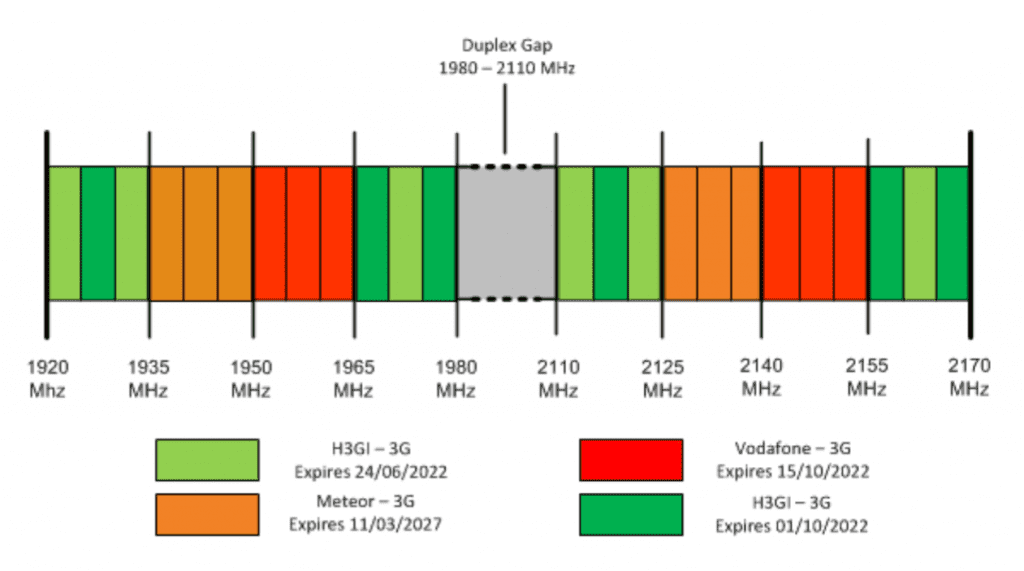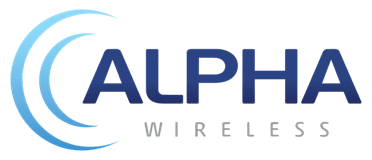Amid an unprecedented pandemic, the criticality of connectivity has never been so great. For hundreds of millions of people, the Internet is acting as a gateway to remote working, education, entertainment and communication. Crucially, it is enabling the connection of the disconnected in society.
This story is as true in Ireland as it is anywhere else. While once-bustling roads, streets and shops now lay deserted, telecoms networks are carrying exceptional volumes of traffic, making the virtual world the lifeblood of the economy.
In fact, the sudden ascent and, more importantly, the radically different nature of demand on wireless networks in recent times has provoked mobile operators and regulators alike to implement drastic contingency measures.
The extraordinary moves announced by Ireland’s telecoms regulator, ComReg, represent a prime example of these measures. Following engagements with the industry and the receipt of a common letter from the three Irish mobile operators, ComReg is moving with pace to temporarily release (and liberalise) spectrum in the 700, 2100 and 2600 MHz bands.
In effect, this temporary assignment of spectrum will act as an unplanned precursor to the planned multi-band award process. We detailed the forthcoming auction in a previous article, regarding it as a “landmark” development for a wireless industry that has, historically, suffered from a “chronic lack of spectrum”.
A tectonic shift: The profile of mobile data traffic in Ireland
The progressive strengthening of restrictions on the movement of people by the Irish government has triggered a step-change in data usage patterns. Residential areas in the suburbs and exurbs of Ireland’s towns and cities are now key traffic hotspots, as the greatest density of devices can be found there.
By contrast, places such as business districts, high streets and transport hubs have witnessed a collapse in the volume of data traffic generated there. This sudden decline in the geographical mobility of network users has never been seen before in Ireland. The same is true for the drop-off in roaming traffic.
With the concentration of the population pushed out from traditional usage hotspots in urban centres, mobile operators are experiencing increased traffic load in areas where site grid density is considerably lower. This has resulted in congestion on some macrosites where only a single low-band 4G LTE carrier is deployed.
The problem has been exacerbated further by the fact that the vast majority of data traffic generated in residential areas comes from indoor settings, where signal quality can suffer tremendously from modern forms of building insulation and Low-E glass.
Within the home itself, while fixed networks and Wi-Fi offloading continue to carry the lion’s share of traffic, isolation has prompted people to access Internet services for a greater proportion of the day. Services such as Zoom, Netflix and Microsoft Teams, for example, are seeing remarkable surges in demand.
These shifts in usage patterns have fundamentally altered the profile of mobile data traffic in Ireland, elongating the “busy hour” in the evening and dramatically increasing demand during “normal times” in the late morning and afternoon.
Similar trends have been noted with the volume of voice traffic carried by Ireland’s mobile networks. While much of this traffic is facilitated by the 900 MHz (3G) band atop a Circuit-Switched Fallback (CSFB) architecture, there has been an increased uptake of Wi-Fi Calling.
The proliferation of Wi-Fi Calling (which uses SIP/IMS technology) is a positive development for both consumers and operators since it reduces strain on the traditional voice network, while also maintaining a high quality of service.
Exploring the temporary spectrum set to be assigned to mobile operators
As part of the temporary assignment of spectrum to Irish mobile operators, ComReg will implement a three-month license duration, subject only to a nominal fee of €100 per license. If needed, the regulator can renew these temporary licenses for an additional three months.
There will be a requirement for mobile operators to provide capacity and coverage to priority areas on a “best effort” basis. In its proposals, ComReg has highlighted a number of different priority areas including public, private and temporary hospitals, COVID-19 testing and quarantine facilities and Garda and fire stations.
Beyond the above, ComReg has asked mobile operators to “consider relaxing data caps” for customers and “leasing spectrum to other operators”. The latter could be facilitated in underutilised portions of the 3.6GHz band, which is currently deployed for 5G-NR in a number of Irish towns and cities.
 The 700 MHz Band: Unmatched propagation hindered by a limited ecosystem.
The 700 MHz Band: Unmatched propagation hindered by a limited ecosystem.
The 700 MHz Duplex (703-733 MHz FDD uplink paired with 758-788 MHz FDD downlink) exhibits very favourable propagation characteristics as a key portion of low-band spectrum to provide enhanced rural and indoor coverage. ComReg intends to make an equal assignment of 2×10 MHz of spectrum to eir, Three and Vodafone.
Ireland’s state-owned public broadcaster, RTÉ, and its infrastructure arm, 2RN, has vacated the 700MHz band since the beginning of March. Prior to vacation, the band was deployed for Digital Terrestrial Television (DTT).
However, some concerns have been raised about the extent to which the 700 MHz band can be utilised in the short-term. Mobile operators will be limited by the hardware that has already been deployed in the network, and by the relatively small ecosystem of devices that can access the band. Both of these factors would appear to limit the potential for the band to provide meaningful benefit at this time.
In addition, mobile operators will need to work closely with one another to minimise possible intermodulation effects to existing services deployed in other low-bands such as 800 MHz (4G LTE) and 900 MHz (3G).
Separately, ComReg has asked the industry to find a solution to mitigate coexistence issues between new services in the 700 MHz band and the existing one to relay DOCSIS channels over hybrid-fibre coaxial (HFC) infrastructure.

The 2100 MHz Band: Liberalisation unleashes huge capacity potential.
The 2100 MHz band is unique in that it is already deployed and used extensively in Ireland. ComReg conducted auctions in 2002 and 2007 to award spectrum in the Paired 2.1 GHz FDD Band (1920-1980 MHz and 2110-2170 MHz) and the Unpaired 2.1 GHz TDD Band (1900-1920 MHz).
Since assignment, licenses in the 2100 MHz band have been RAT-specific (3G). ComReg is now moving to liberalise the licenses, enabling deployment with 4G LTE. Three holds two licenses within the band (2×15 MHz and 2x15MHz – thanks to the merger with Telefónica’s O2 in 2015), while eir and Vodafone each hold one (2×15 MHz).
The temporary liberalisation of this band represents a major development, and one that Ireland’s mobile operators have been seeking for some time. Thanks to the rich ecosystem of devices and equipment which already exists, the 2100MHz band can be leveraged rapidly to provide a substantial capacity uplift.
 The 2600 MHz Band: Interference issues await.
The 2600 MHz Band: Interference issues await.
The 2600 MHz band consists of 190 MHz of spectrum (2500–2690 MHz) divided into the 2.6 GHz FDD Duplex (2×70 MHz) and the 2.6 GHz Duplex Gap (50 MHz unpaired). With wide channel bandwidth, it can deliver an exceptional leap in performance when deployed on the existing site grid and aggregated with other bands.
ComReg intends to make spectrum in the 2600 MHz band available in limited areas and on a site-by-site basis in order to minimise interference to existing primary radars operated by the Irish Aviation Authority (IAA) in adjoining frequencies. It is anticipated that appropriate exclusion zones will be developed in consultation with the IAA.
There is very widespread device support for 4G LTE in the 2.6 GHz FDD portion (Band 7). Support is, however, more limited in the TDD portion (Band 38). It is has been fallow since the termination of the Multichannel Multipoint Distribution System (MMDS) in 2016. This former use enabled the retransmission of television services in Ireland.
Conclusion: Unprecedented times require unprecedented moves
The assignment of additional spectrum for a temporary period of use is an extraordinary development, and so too is the tectonic shift in the profile of voice and data traffic. Now, more than ever, Irish citizens are depending on wireless networks to keep them connected so they can stay apart.
